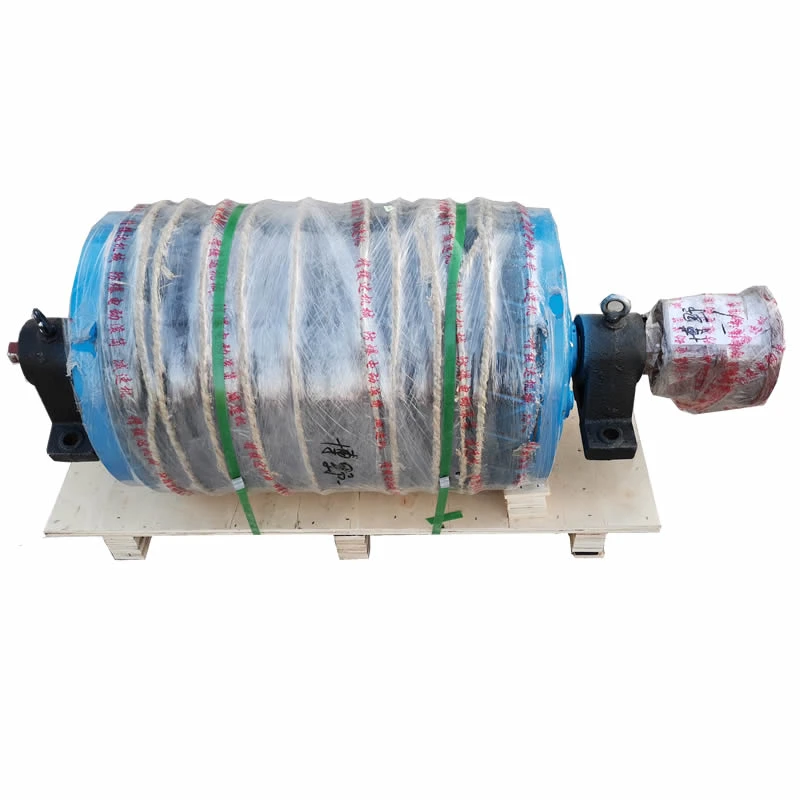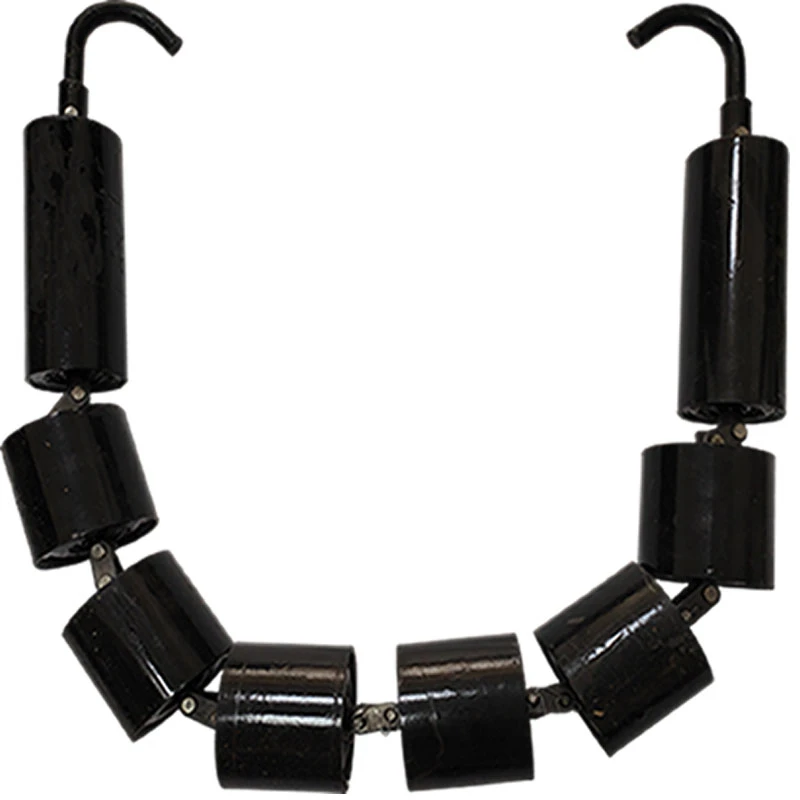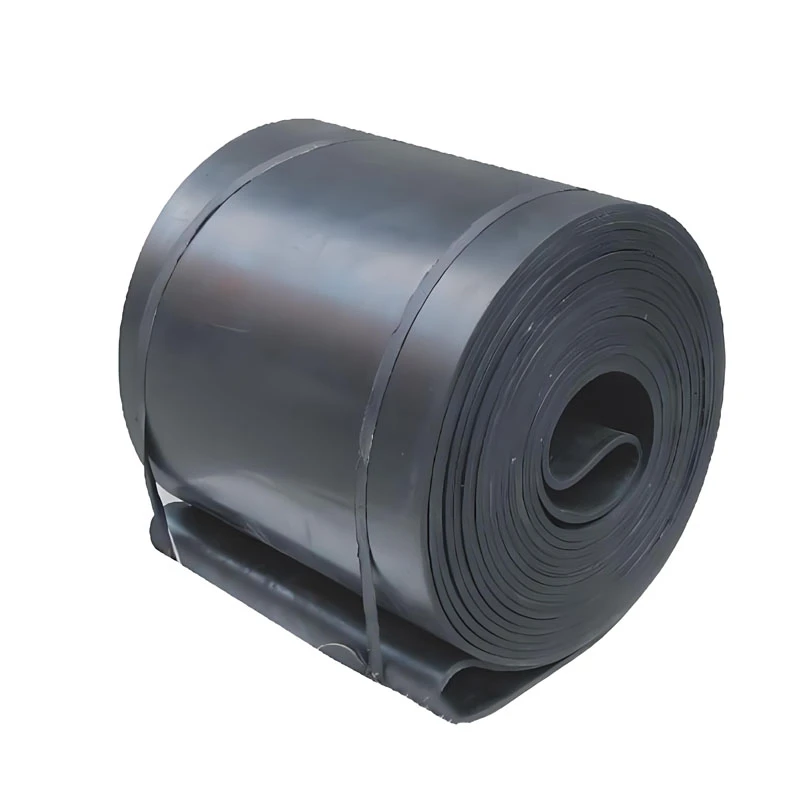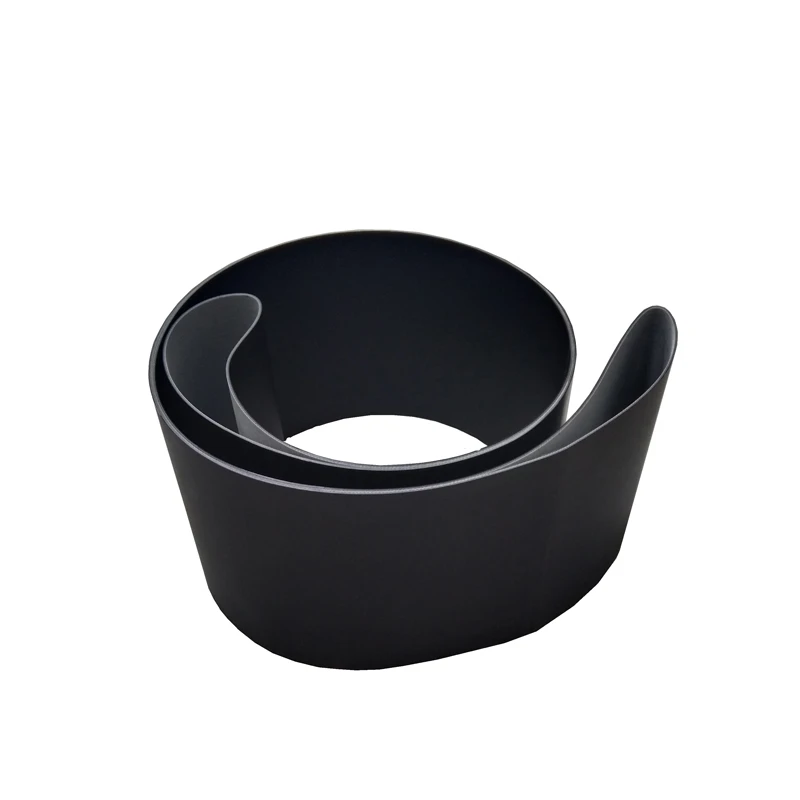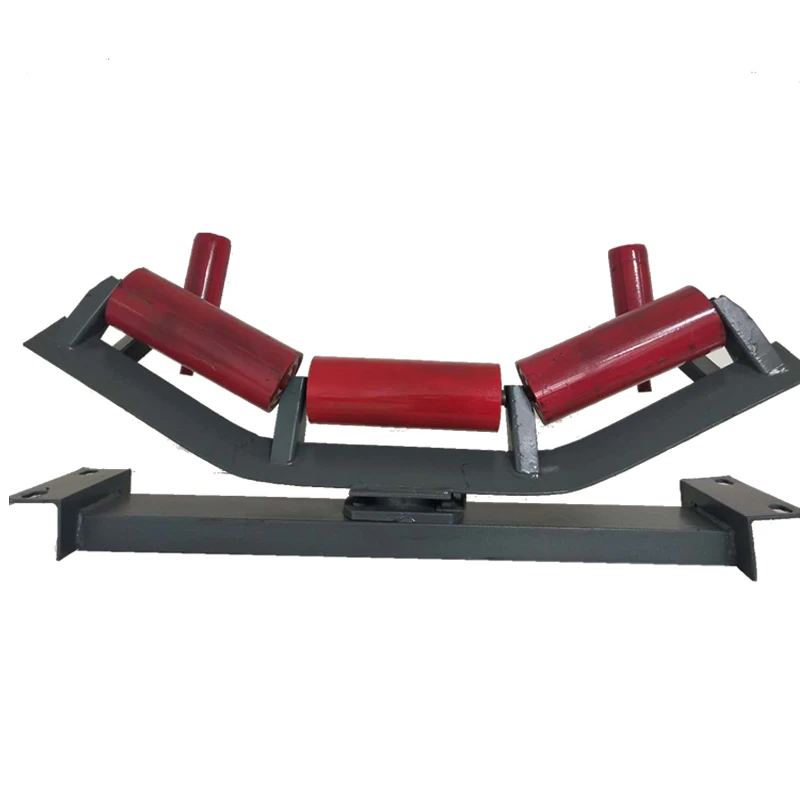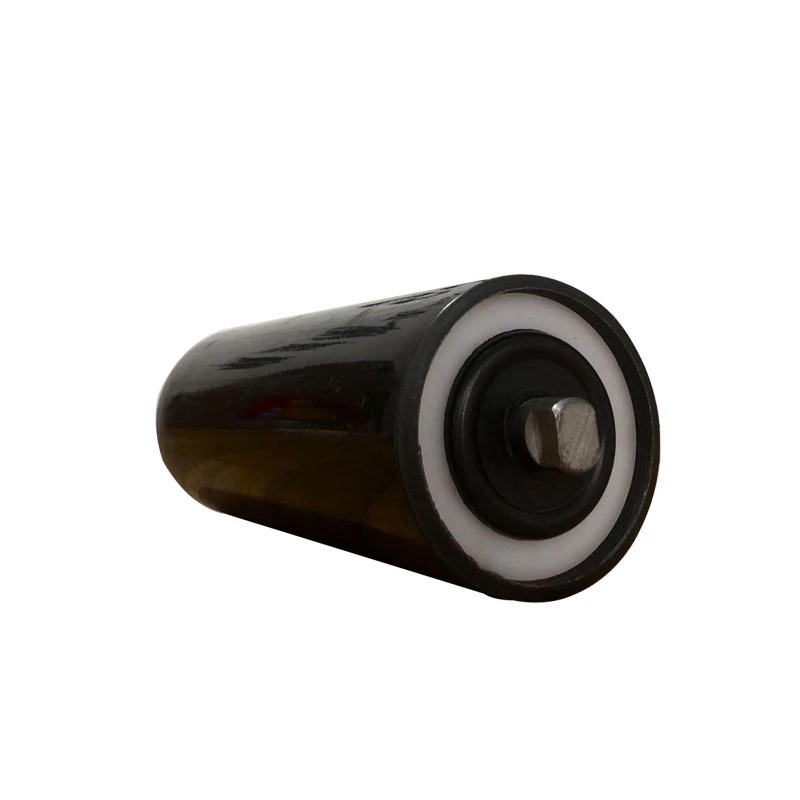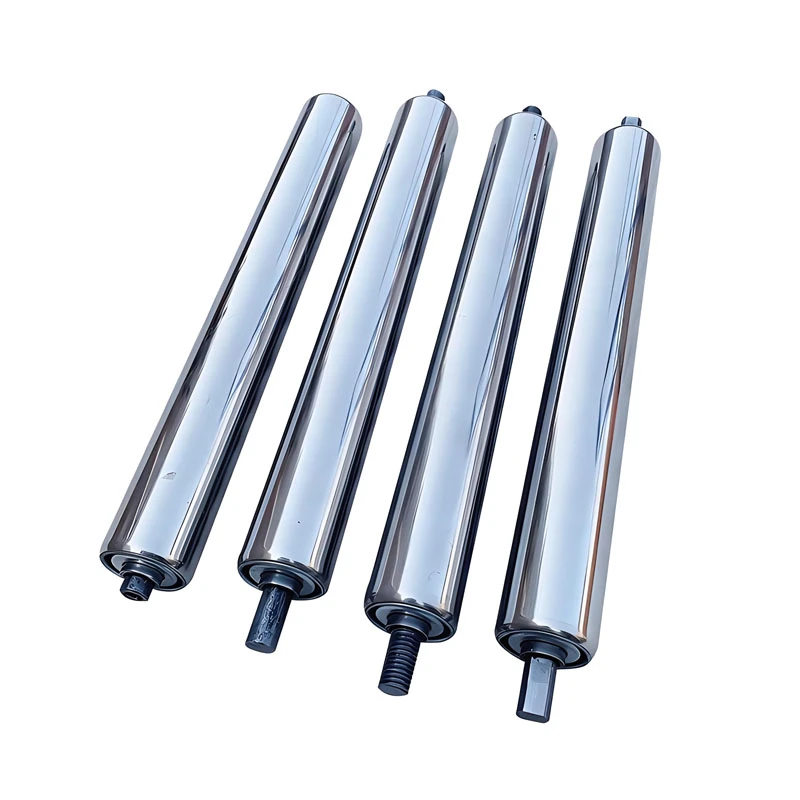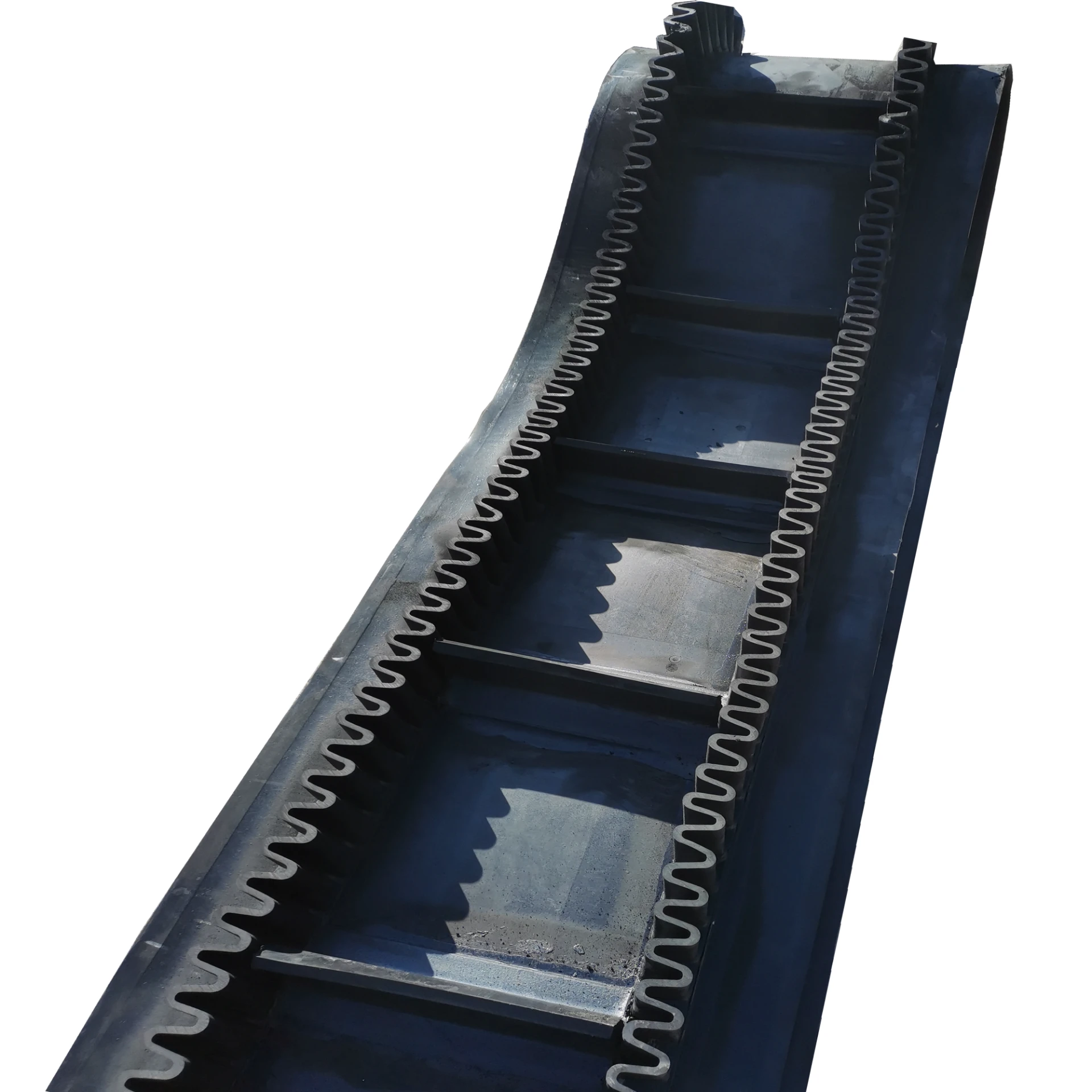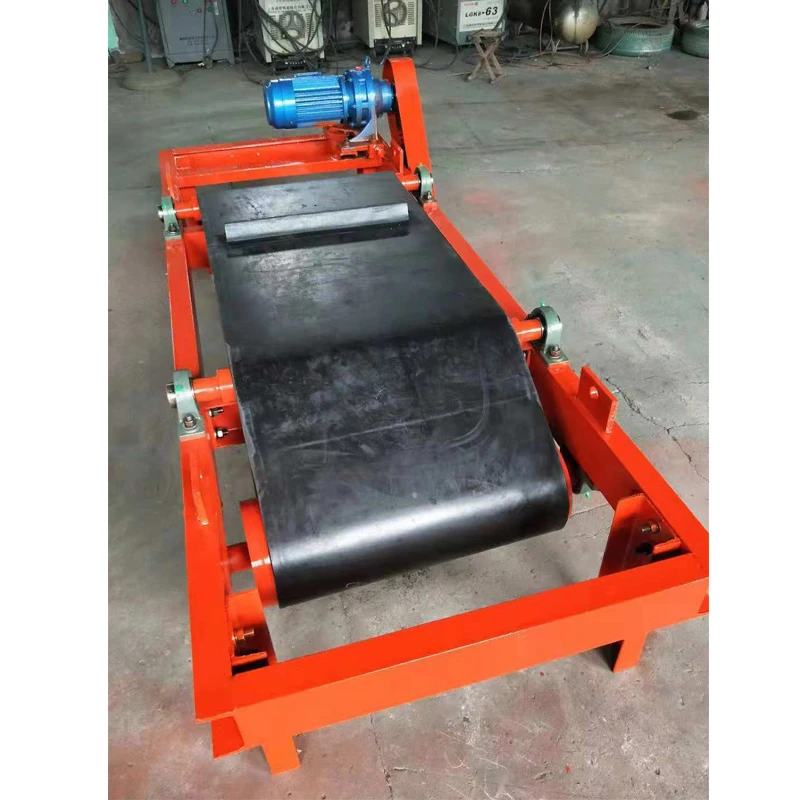- Overview: The Vital Role of Iron Ore Conveyor Belt in Modern Mining
- Technological Advancements and Data Impacting Iron Ore Conveyor Systems
- Key Technical Advantages of State-of-the-Art Iron Ore Conveyors
- Comprehensive Manufacturer Comparison for Iron Ore Conveyor Solutions
- Tailored Conveyor System Customization and Optimization Strategies
- Application Case Studies and Demonstrated Outcomes
- Iron Ore Conveyor Belt: Shaping the Future of Bulk Material Handling
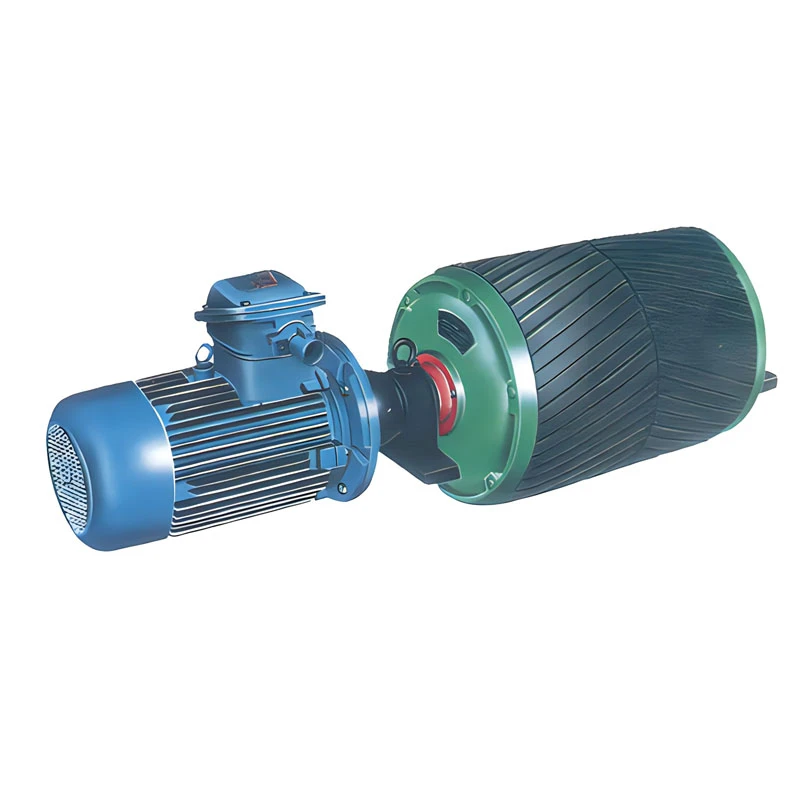
(iron ore conveyor belt)
Overview: The Vital Role of Iron Ore Conveyor Belt in Modern Mining
In modern mining and material transport, the iron ore conveyor belt
serves as the essential link between extraction sites and processing plants or shipping terminals. As demand for iron ore continues to surge globally, efficient handling solutions have become a central competitive factor for mining enterprises. Conveyor belt systems have largely replaced traditional truck haulage, lowering energy costs and environmental impacts while enhancing operational safety and throughput. In an industry where cost per ton and uptime are the dominant success metrics, conveyors offer scalable, automated, and cost-effective bulk materials transport. This article offers an in-depth look at technological advancements, key advantages, leading manufacturers, and deployment realities for iron ore conveyor systems.
Technological Advancements and Data Impacting Iron Ore Conveyor Systems
Technological evolution in the iron ore sector has driven remarkable improvements in conveyor performance, load capacities, and integration. According to industry data, modern conveyor belts can handle up to 40,000 tons per hour, a figure six times greater than typical legacy systems. Belt widths now range from 800mm to over 2,200mm, and advanced materials—such as high-tensile steel cords and wear-resistant rubber mixes—extend belt life, reducing maintenance intervals by 40%. Intelligent monitoring, including real-time load sensing and predictive maintenance, minimizes unplanned downtime by up to 30%. Innovative technologies such as enclosed pipe conveyors, air-supported belts, and energy-efficient drive systems reduce both environmental footprint and operating costs. These combined advancements position conveyors as indispensable assets in iron ore logistics networks.
Key Technical Advantages of State-of-the-Art Iron Ore Conveyors
The latest iron ore conveyor systems offer a range of significant technical benefits:
- Throughput Efficiency: Modern belts support continuous operation and high material flow, reducing transfer points and bottlenecks.
- Automation and Safety: Integrated automation limits human intervention, while safety guards and emergency stops safeguard operators.
- Environmental Sustainability: Dust suppression systems and sealed belts minimize spillage and contamination.
- Flexibility: Modular designs allow rapid expansion or reconfiguration, adapting to evolving mine plans and terrains.
- Energy Efficiency: Utilization of low rolling resistance idlers and optimized drive control reduces energy consumption by 20–25% compared to conventional conveyors.
Comprehensive Manufacturer Comparison for Iron Ore Conveyor Solutions
Choosing the right supplier for iron ore conveyor systems requires careful evaluation of technical offerings, support services, and long-term reliability. The table below provides a data-driven comparison of leading global manufacturers, focusing on key selection criteria:
| Manufacturer | Max Capacity (tph) | Belt Width Range (mm) | Material Technology | Global Presence | After Sales Support | Customization Capability |
|---|---|---|---|---|---|---|
| Metso Outotec | 40,000 | 800–2200 | Steel Cord, EP, Chevron | 80+ countries | 24/7 Remote Monitoring | Extensive, Case-based |
| TAKRAF | 30,000 | 1000–2000 | Cross-Stabilized, Pipe Belt | 70+ countries | Onsite & Remote | Design-Build, Modular |
| Continental AG | 25,000 | 650–1800 | Heat, Oil, Flame Resistant | Worldwide | Satelite Monitoring | Specialized Belting |
| FLSmidth | 28,000 | 800–1600 | Custom Rubber, Smart Sensors | Global | Rapid Response Teams | Project Tailoring |
| Siemens | 35,000 | 1000–2000 | Integrated Drive Tech | Global Network | Digital Diagnostics | Turnkey Integration |
The comparative matrix illustrates diverse strengths—from Metso Outotec's high capacity and comprehensive service networks to Siemens' advanced integration and automation solutions. This data forms the foundation for selecting partners according to project requirements, location, and sustainability targets.
Tailored Conveyor System Customization and Optimization Strategies
Beyond standard offerings, tailored design of iron ore conveyor systems unlocks elevated efficiency and site-specific value. Customization options include:
- Route Engineering: Complex terrain, water crossings, and variable topography can be managed via curved, elevated, or tunnel-integrated conveyors.
- Material Handling Adaptation: Adjustments to belt cover grade, thickness, and carcass specification ensure optimal wear life based on ore abrasiveness and granulometry.
- Environmental Adaptations: Systems in remote or extreme environments can incorporate weatherproofing, fire resistance, and automated cleaning.
- Predictive Analytics: Embedding smart sensors generates real-time performance data, driving preventive maintenance, remote troubleshooting, and continuous optimization.
- Integration with Other Equipment: Seamless connectivity with crushers, screens, and stackers accelerates material flow and improves stockpile management.
Application Case Studies and Demonstrated Outcomes
Demonstrable results from deployed iron ore conveyor projects underscore their critical role in operational success. Notable examples include:
- Pilbara, Western Australia: A 20km overland conveyor system transports 30,000 tons per hour, decreasing truck movements by more than 1.5 million annually and cutting CO2 emissions by 45,000 tons per year.
- Carajás Mine, Brazil: Implementation of energy-efficient belts and variable frequency drives slashed annual energy costs by 22%, with average system availability rising above 98.5%.
- Sishen, South Africa: Integration of predictive maintenance analysis led to a 50% reduction in severe belt failures, lowering maintenance budgets by approximately 18%.
- Newman Hub, Australia: Dust suppressing enclosed conveyors improved air quality, reducing respirable dust by over 60% and meeting stringent regulatory standards.
Iron Ore Conveyor Belt: Shaping the Future of Bulk Material Handling
The impact of the iron ore conveyor belt on modern mining extends beyond efficiency—supporting both profitability and sustainability targets. Through harnessing technological progress and precise customization, mining operations are achieving record throughput, leaner energy consumption, and superior safety standards. Manufacturer innovations point toward a future where conveyors are fully integrated with broader digital ecosystems—enabling predictive insights, autonomous operation, and zero-harm workplaces. As the mining industry embraces decarbonization and circular economy models, robust iron ore conveyor solutions will play an expanding role in achieving ambitious environmental and productivity objectives, forging a path toward smarter and greener bulk materials management worldwide.

(iron ore conveyor belt)


